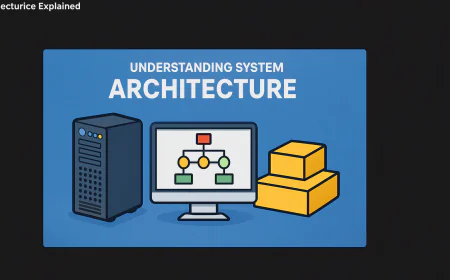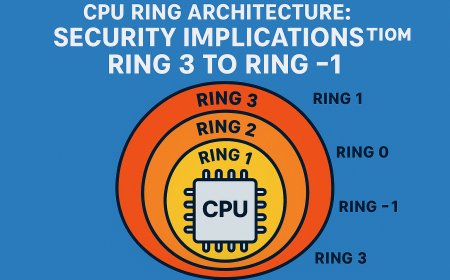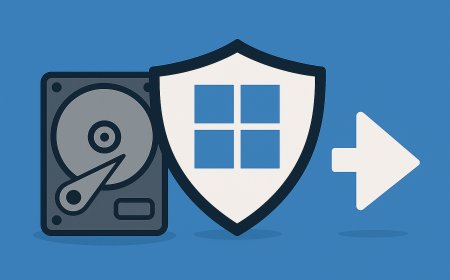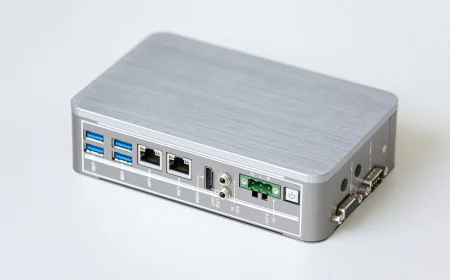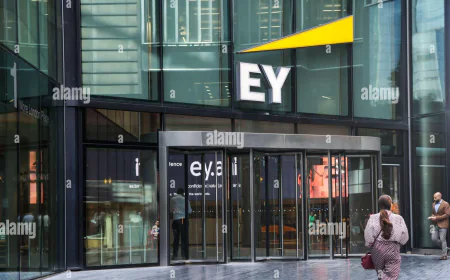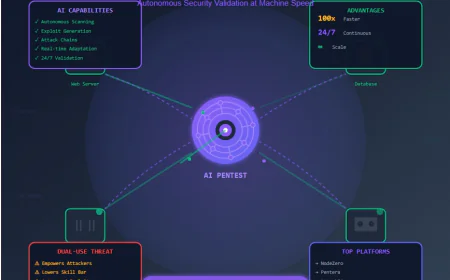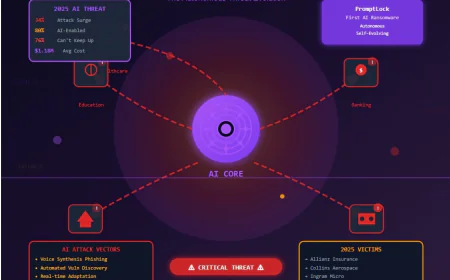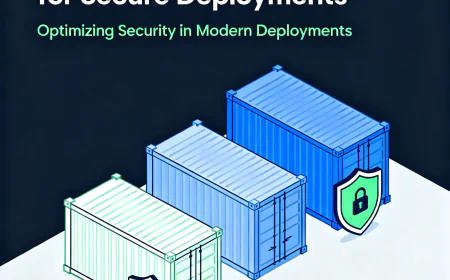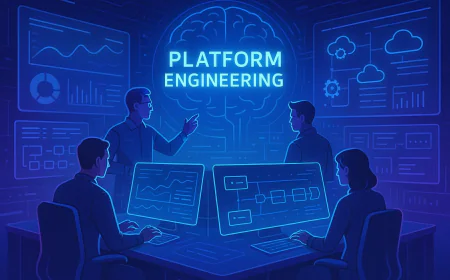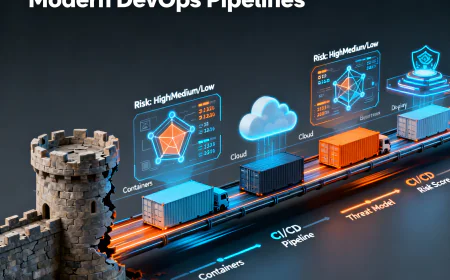Event-Driven CI/CD: Kafka + GitOps in Action
In modern cloud-native environments, CI/CD pipelines are evolving beyond simple triggers. Event-driven pipelines are now becoming the standard, where tools like Apache Kafka stream events that automatically trigger GitOps workflows using tools like ArgoCD or FluxCD. This approach enables ultra-responsive deployments, faster feedback loops, and better scalability. In this blog, we explore how Kafka and GitOps integrate for event-driven CI/CD, practical real-world examples, and best practices for implementing these pipelines in 2025.

Introduction
Traditional CI/CD pipelines trigger workflows mainly on code commits or pull requests. While this works for small teams or simple applications, modern microservices and cloud-native systems require faster, reactive, and scalable pipelines.
Enter Event-Driven CI/CD, where events from multiple sources — Git commits, Docker image pushes, monitoring alerts, or even IoT signals — can trigger CI/CD workflows automatically.
By combining:
- Apache Kafka for real-time event streaming
- GitOps tools like ArgoCD or FluxCD for declarative deployments
teams can achieve fully automated, self-healing, and scalable pipelines.
How Event-Driven CI/CD Works
1. Kafka as Event Bus
- Kafka acts as a central event broker, streaming messages from multiple sources.
- Example events:
- New Docker image pushed → “image:service-X:v1.2.0 available”
- Git branch merged → “feature branch merged to main”
- Monitoring alert → “service latency high”
- Kafka allows multiple consumers (pipelines) to react to the same event, supporting parallel and independent deployments.
2. GitOps for Declarative Deployment
- Tools like ArgoCD or FluxCD continuously reconcile the desired state in Git with the actual state in Kubernetes clusters.
- When an event occurs (Kafka message), pipelines update the Git repository YAML manifest → GitOps tool automatically deploys the change.
- Benefits: auditability, version control, and rollback capabilities are native.
Practical Pipeline Example
Scenario: Microservices deployed on Kubernetes
Steps:
- Developer commits code → triggers build → Docker image created → pushed to registry.
- Kafka publishes an event: New Docker image available: service-X:v1.2.0.
- GitOps workflow listens to Kafka → updates deployment YAML in Git → ArgoCD reconciles cluster automatically.
- Kubernetes pods updated with the new image → deployment complete without manual pipeline trigger.
Outcome:
- Faster deployment
- Independent pipelines per microservice
- Real-time updates and minimal human intervention
Practical Pipeline Example
Scenario: Microservices deployed on Kubernetes
Steps:
- Developer commits code → triggers build → Docker image created → pushed to registry.
- Kafka publishes an event: New Docker image available: service-X:v1.2.0.
- GitOps workflow listens to Kafka → updates deployment YAML in Git → ArgoCD reconciles cluster automatically.
- Kubernetes pods updated with the new image → deployment complete without manual pipeline trigger.
Outcome:
- Faster deployment
- Independent pipelines per microservice
- Real-time updates and minimal human intervention
Best Practices
- Topic and Consumer Management in Kafka
- Separate CI/CD events by topics (docker-events, git-events, alert-events)
- Use consumer groups for scaling pipelines independently
- Declarative GitOps Repos
- Separate repos or branches for dev, staging, production
- Keep manifests version-controlled and modular
- Error Handling & Observability
- Implement retries for failed deployments
- Use Prometheus + Grafana to monitor event flow, deployment health, and latency
- Security Considerations
- Ensure Kafka topics are secured with authentication/authorization
- GitOps repo should enforce branch protection and signed commits
Real-World Examples
- Company A (FinTech):
- Microservices architecture → each microservice has independent Kafka-triggered GitOps pipeline.
- Result: 40% faster CI/CD feedback loops, reduced human intervention, safer deployments.
- Company B (IoT Platform):
- Sensor data triggers events → pipelines automatically deploy updates to edge services.
- Result: Zero downtime feature rollouts, event-driven scaling of microservices.
- Company C (E-commerce):
- Kafka events from image build pipeline → triggers ArgoCD to update production deployment.
- Result: Real-time, automated releases with full rollback capability if pipeline fails.
Pros of Event-Driven CI/CD
- Real-time responsiveness → deploy on demand, not on schedule
- Scalable microservices pipelines → each microservice can be event-triggered
- Auditability & version control → GitOps keeps everything declarative
- Reduced human intervention → automated, self-healing workflows
Cons / Challenges
- Complexity in setup → Kafka + GitOps integration requires careful design
- Event flooding → too many events can overwhelm pipelines if not throttled
- Debugging issues → event-driven pipelines can be harder to trace without observability
Conclusion
Event-driven CI/CD powered by Kafka + GitOps is a next-gen approach for cloud-native DevOps in 2025. It enables:
- Faster, automated deployments
- Scalable microservices pipelines
- Resilient and self-healing systems
For engineers and DevOps teams, adopting this architecture means staying ahead of the curve, reducing manual intervention, and ensuring continuous delivery at scale.
“Event-driven CI/CD isn’t just a trend — it’s the evolution of modern software delivery pipelines.”
